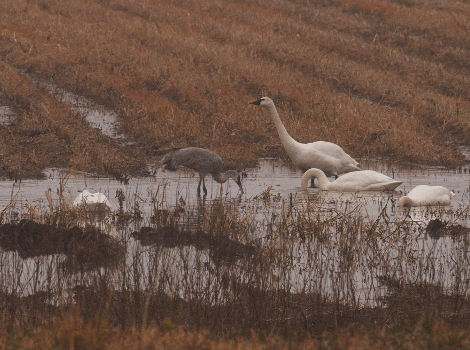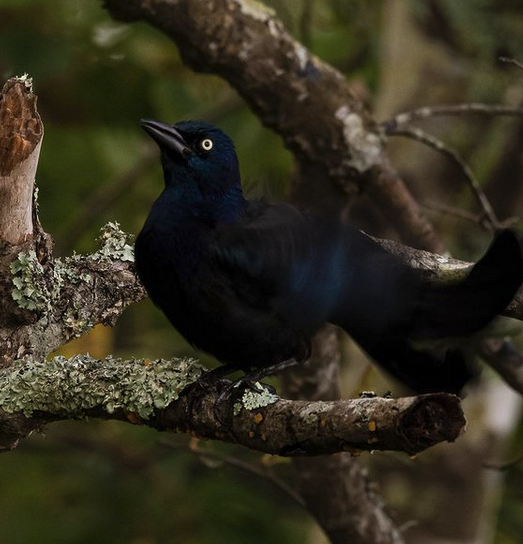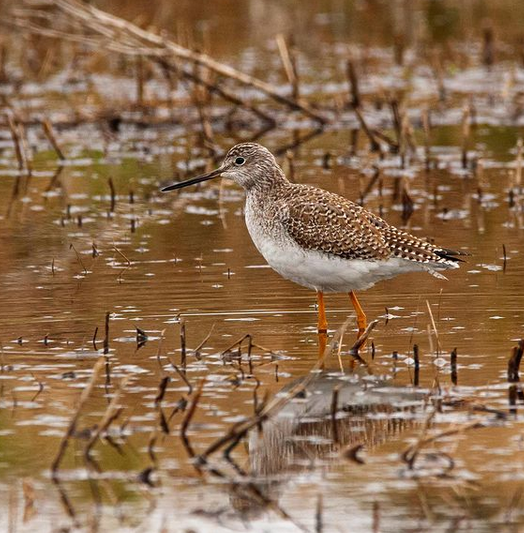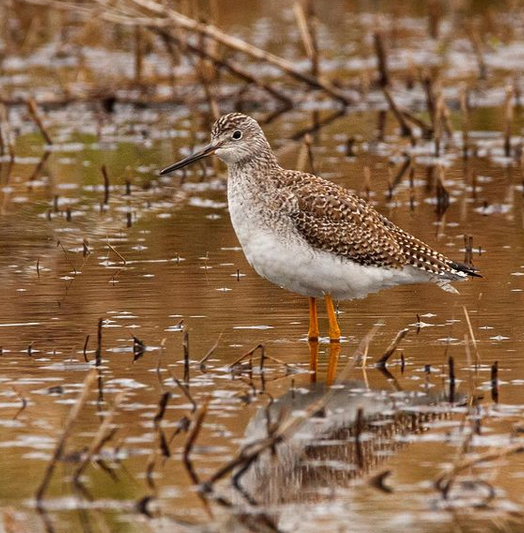By-Sally Siko
Admittedly these aren’t the best photos I’ve ever taken, but I had to grab a few ‘far away shots of this Sandhill Crane I spotted while birding with my friend Corie Latta @calatta at the Alligator River NWR in eastern NC.
While I wish this lovely bird was a bit closer, I was so excited to share this rare sighting in the field with friends!

Sandhill Cranes breed in Siberia, throughout central Canada as well as Minnesota, Wisconsin, Michigan, Oregon, Idaho, and Alaska.
Their are even small year round populations of Sandhills which nest in Florida, Mississippi and Cuba.
Each autumn, thousands of them migrate south to spend the winter in northern Mexico, California, New Mexico, Texas, Arizona, Louisiana, Mississippi and Florida.
Luckily for us, a handful of Sandhills show up right here in eastern NC at Alligator River NWR & at the Pocasin Lakes NWR each winter.
Standing nearly 4ft tall, Sandhill Cranes are large birds with long, thin legs and necks. Though it’s hard to see in my photos, the bird’s cheeks are white and its forehead has a bright red patch, which is one of their most noticeable features.
Though they are covered in mostly grayish plumage, the shade of those gray tones can vary widely from bird to bird.
In fact, if you look closely at these photos sometimes Sandhills can display a reddish-brown appearance. This is because they preen themselves by rubbing mud on their feathers and mud from iron-rich environments is often red.

Though most would expect a Sandhill Crane to be spotted near water, these elegant birds are usually found in wide open places, especially plowed or stubble (preferably corn) fields; closely mowed fields, soggy & grassy pastures, shallow pools, and around the edges of impoundment margin areas.
Look for them feeding with flocks of Tundra Swans at the Alligator River NWR and at the Pocasin Lakes NWR in NC from December through early February.
Photos by @sally_siko of @birdwatching_nc on my mighty mirrorless monster, the @canonusa #R5
Want to find the Sandhill too?
Google Maps pin drop to the locations of the 2 fields along Miltail Rd & Sawyer Lake Rd at ARNWR where this bird likes to hang out linked below.
Dropped pin off of Miltail Rd
&
Dropped pin off of Sawyer Lake Rd









